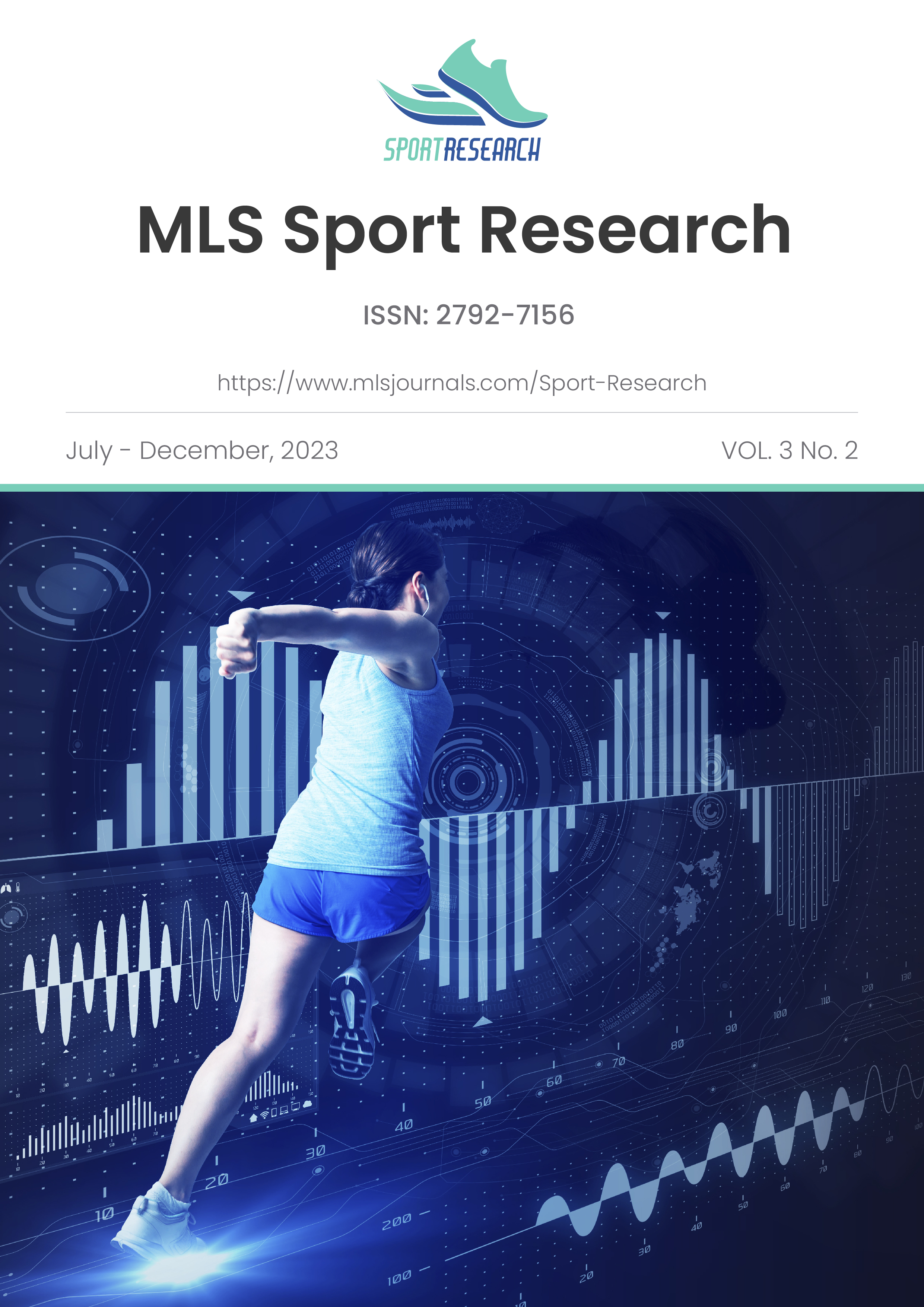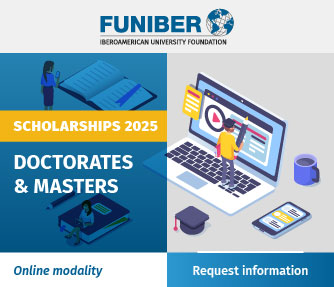Volume 2 Issue 2 (2023)
Published 2024-01-02
Full Issue
The aim of the study was to analyze the benefits that physical exercise produces in women diagnosed with invasive breast cancer and are between stages I to IIIA, receiving chemotherapy, radiotherapy, or both simultaneously. The PubMed and Google Scholar databases were consulted until April 2022, yielding a total of 29,410 results. After applying the exclusion criteria, the number of selected articles that provided relevant data for the study was reduced to seven. The authors suggest that practicing aerobic training for a period of twelve to sixteen weeks at a rate of two days a week, in sessions lasting less than one hour and intensities of between 60%-80% of the HRmax generated beneficial adaptations. Similarly, practicing strength training at intensities between 60%-80% of 1RM, generated improvements in health status, psychological parameters and decreased pain symptoms and fatigue, among others. The study concludes that the practice of physical exercise by these patients, in the modalities of aerobic or strength training in a supervised and personalized manner, was beneficial, totally safe, and generated benefits such as the reduction of the sensation of fatigue, the reinforcement of the musculature, or the contribution to the daily physical activity did not decrease, which implicitly led to an improvement in the quality of life.
Movement through play favors the development of physical, cognitive and social skills of schoolchildren during the early childhood education stage. Aim: A pilot study was designed with the aim of analyzing play behavior and social interaction in 5-year-old boys and girls in a real teaching environment, determining the pedagogical characteristics of this learning environment. Method: 21 primary school children (12 girls and 9 boys) aged 5 years participated in this descriptive-cross-sectional study. The evaluation of children's behavior and cognitive functions was assessed using the ACFS includes the Behavior Observation Rating Scale (BORS), which evaluates seven attitudes of the child in relation to learning: self-regulation, persistence, frustration tolerance, flexibility, motivation, interactivity and responsivity. Playful behaviour was evaluated using the Penn Interactive Peer Play Scale (PIPPS). Results: item analysis on the PEPPS scale showed only significant differences by sex on the item: tattletale, tells secrets" (p <0.05). Conclusions: The findings reflected that there were no significant differences when comparing by sex. Children's experiences in a specific sociocultural context. Therefore, it should be repeated in future studies with larger samples, to validate this observational methodology of children's behavior across different learning environments.
A large number of impacts are received to the head during sparring, the accumulation of which throughout a fighter´s career could cause brain injuries with important neuropsychiatric sequelae. Considering the above, this research was developed with the purpose of promoting an agreement among experts on the management and dosage of sparring rounds, in order to establish and promote a safer and more effective practice. A 4-round Delphi technique was used among a panel of 30 boxing expert coaches from Argentina, Mexico, Chile and Ecuador. The criterion of agreement was considered valid as long as a percentage ≥50% consensus was reached in the answers in round 2 and a mean >3 (Likert scale) in round 4. After the submission of Rounds 1 and 2, a consensus was obtained regarding the importance of its practice, the necessary protections, experience and weight/category of the partners, minimum/maximum weekly frequency and the criteria on which the dosage of the number of rounds is based. We also inquired about the number of minimum/maximum rounds, but in this case a consensus was reached only on their dosage in amateur boxing. Similarly, the minimum/maximum recommended intensity was sought, but no consensus could be reached for the minimum in professional boxing, although a consensus was reached for the maximum, and both in amateur boxing. After the submission of rounds 3 and 4, a final agreement was reached among 17 of the experts for all the items on which consensus had been previously reached.
The capacity to generate and maintain high power levels is relevant in both athletes and active people. A new test, Repeat Jump Ability (RJA), was proposed and analyzed to assess maximal power, mean power and fatigue index (FI) in active adults who do not practice competitive sport. Twenty-four volunteers (12 females, 12 males; age: 30.0 ± 7.2 years; mass: 71.5 ± 11.0 kg; height: 171.2 ± 10.4 cm) performed the Wingate, Repeat Sprint Ability (RSA), 30s countermovement jumps (T30s) and RJA tests. For each one, the IF was calculated; additionally, for the Wingate, T30s and RJA tests, the maximum and mean power was determined, while the maximum and mean velocity was determined for the RSA. The RJA results for each variable were correlated with the corresponding obtained for the other tests. An almost perfect correlation was observed for mean power between RJA and Wingate (r = 0.91) and between RJA and T30s (r = 0.93), and a very high correlation for mean performance between RJA and RSA (r = 0.73). For maximum performance, the correlation was very high between RJA and Wingate and between RJA and T30s (r = 0.87 and r = 0.73, respectively), and high between RJA and RSA (r = 0.61). For IF, the correlation was low (r < 0.30) in all cases. The RJA could provide a valid and accessible alternative for estimating maximum and mean power in active adults; its convenience would be an advantage over the other tests.
Dermatoglyphic characteristics in internal athletes at CEDAR Campeche in the 2021-2022 academic year
Introduction: In sports, dermatoglyphics are being used as a marker of biological individuality to select athletes with outstanding performances. Objective: Determine dermatoglyphic characteristics as an indicator in the selection of CEDAR Campeche athletes, taking into account their sporting genetic potential and general genetic predisposition required for the sport they practice. Methods: it is a basic type of research, with a descriptive, field and bibliographic scope, with a non-experimental cross-sectional design and a quantitative approach. As a method for the inclusion and exclusion of the sample, a survey will be used to separate them and take an intentional sample within the population to perform the dermatoglyphic analysis and determine the potential and sporting genetic predisposition. Results: the population analyzed has a high level of sporting genetic potential in the physical characteristics of coordination and resistance, both in men and women of the 3 sports, while the physical characteristics to be enhanced include strength, speed and agility, on the other hand, the general genetic predisposition in CEDAR Campeche athletes in the 2021-2022 academic year, remains with a general genetic predisposition at a high level with 64%, medium with 28% and only 8% of the athletes analyzed, they do not have a general genetic predisposition to be in high performance. Conclusions: With these data we deduce that the CEDAR Campeche talent recruitment programs have good effectiveness and complementing it with dermatoglyphic analysis, the percentage of general genetic predisposition would increase.













